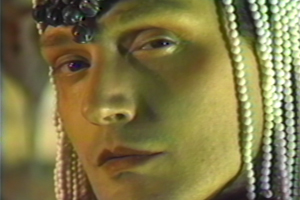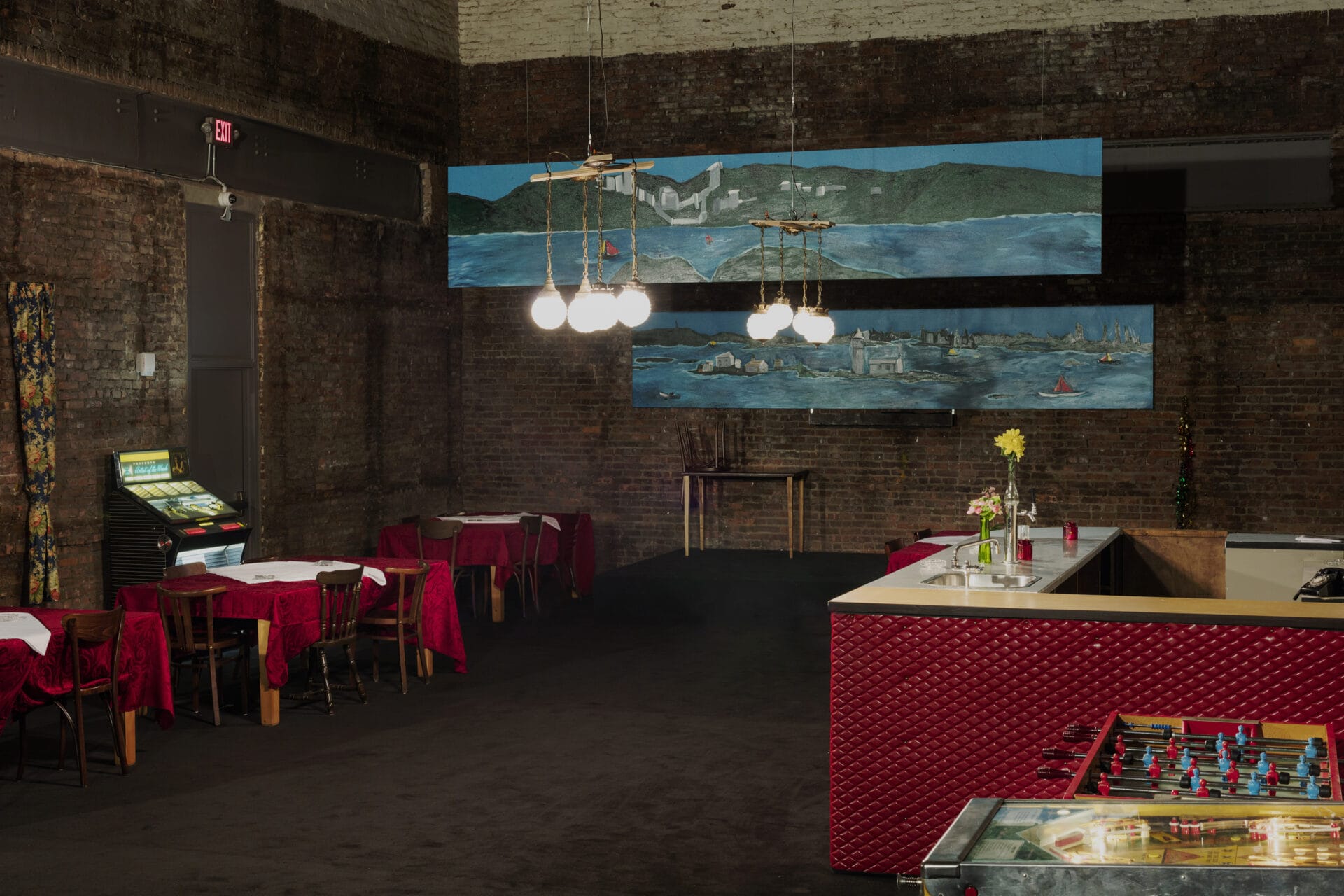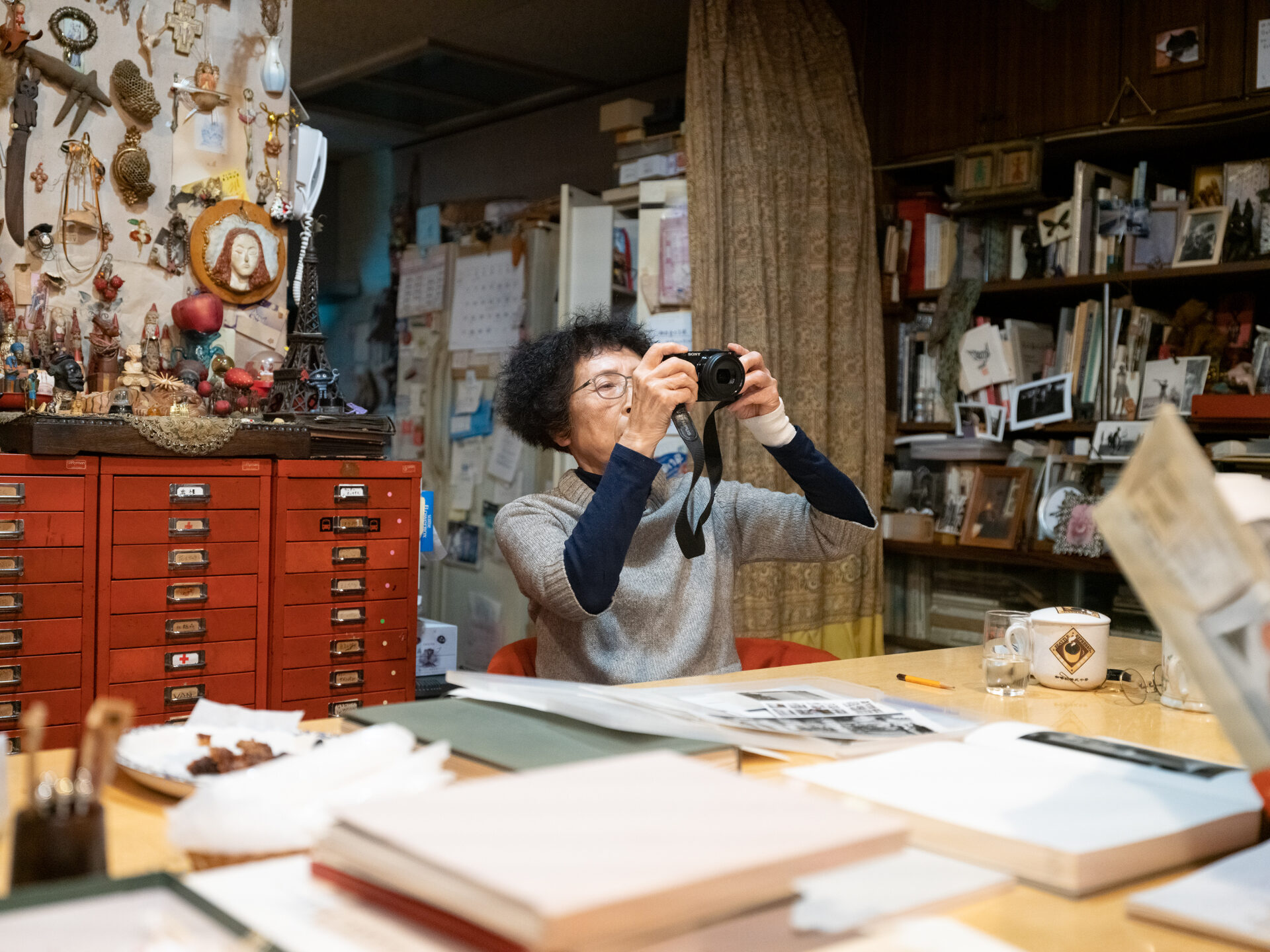Rubbish and Dreams: The Genderqueer Performance Art of Stephen Varble
September 29, 2018–January 27, 2019

Photo : courtesy of Leslie-Lohman Museum
September 29, 2018–January 27, 2019
[En anglais] It is thrilling to encounter the work of an artist whose 1970s practice presciently aligns with contemporary issues and aesthetics while speaking to the gaps within the dominant art discourses of its era. Even more enticing is when this body of work is given its fair share; the space, time, and resources necessary to truly comprehend the full extent of its reach. Such is the excitement generated by Rubbish and Dreams: The Genderqueer Performance Art of Stephen Varble, an exhibition curated by David J. Getsy at the Leslie-Lohman Museum of Gay and Lesbian Art. Best known for his legendary “gutter art,” in which he performed mockeries of gender and class norms by adorning himself in costumes made of street trash, food waste, and other re-appropriated objects, Varble’s oeuvre is a critical reminder of the importance of returning to and highlighting the careers of artists who go unrecognized by major art canons. In this first survey of his work, the young performance artist whose career was cut short by AIDS-related complications in the mid-1980s outshines many of his more revered contemporaries as the true “belle of the ball.”
Starting with his Fluxus collaborations, the exhibition sheds light on the evolution of Varble’s career as it related to both the local New York art scene and broader U.S. socio-political issues. In Blind Walk (1972), the artist dressed in white and carried a blank board while moving blindfolded through the city’s streets. Accompanied by the sound of Stevie Wonder playing on a cassette tape, this early work foregrounds the potential for costume to destabilize the order of public space. In this section of the exhibition, “Early Influences and Collaborations (1971–1973),” Varble’s relationship with the late Fluxus artist Geoffrey Hendricks is especially relevant. Alongside the works of Alison Knowles, George Maciunas, Dick Higgins, and other prominent Fluxus figures, Varble’s own poignant contributions to avant-garde festivals and happenings are celebrated. Works like Wooden Dress (1972) and Slide Dress (1973) playfully mashed art, “real life,” and the long-established queer aesthetics of Varble’s native Kentucky. Inhabiting the divide between Warhol’s Factory, Jack Smith’s loft, and La MaMa’s stage the young artist pushed the boundaries of performance.
Créez-vous un compte gratuit ou connectez-vous pour lire la rubrique complète !
Mon Compte


